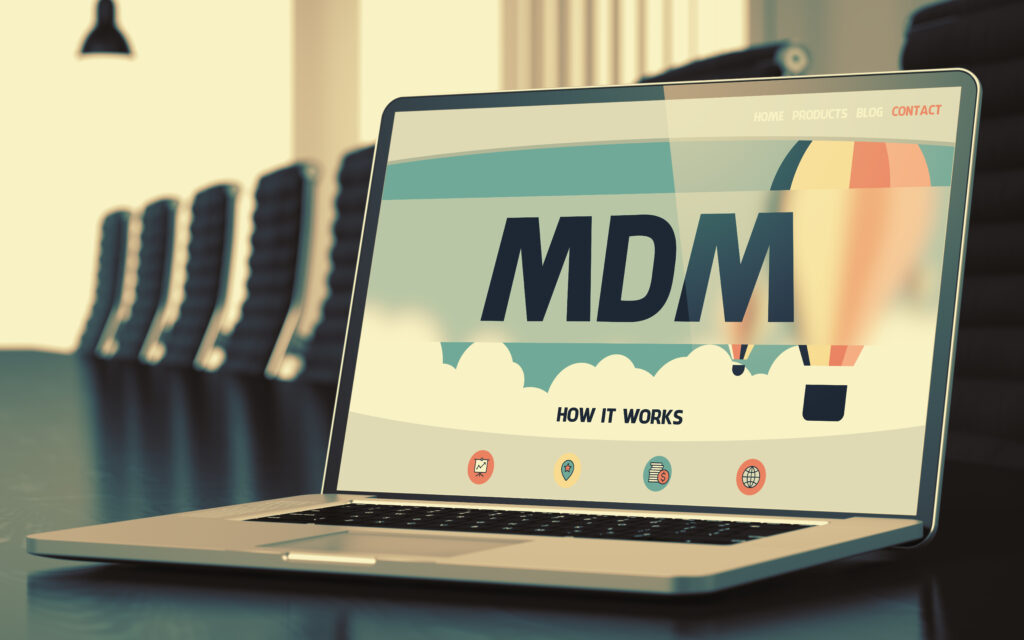
The implementation of the Corporate Sustainability Reporting Directive (CSRD) mandates that European companies of a particular size must report their Environmental, Social, and Governance (ESG) information.
According to McKinsey, “... while more than 95 percent of S&P 500 companies issue a sustainability report, very few fully integrate environmental, social, and governance (ESG) into their equity stories…”
ESG can be described as a set of practices (policies, procedures, metrics, etc.) that organisations may use in order to limit the potential negative impact on the environment, society at large, and their organisation from carrying out their business.
Recently ESG has become a hot topic because the first reporting cycle from businesses will be due in 2025, based on data from financial years starting on or after 1 January 2024.
Investors are also keen to find proof points that the companies that they invest in are delivering on their ESG strategy, generating the desired results or that they are proactively addressing ESG.
As organisations now are starting to really dig into the ESG reporting obligations, this article will help highlight how Master Data Management (MDM) can become an integral part of enabling organisations to meet their ESG reporting needs.

What is MDM?
A Master Data Management or MDM solution can be applied by enterprise organisations to manage their most critical data assets (known as master data) and is often referred to as the “single source of truth”. A single source of truth for collecting data, simplifies decision-making processes, building trust amongst stakeholders because everyone knows they can rely on the same dataset for accurate, reliable information.
An investment in MDM should be regarded as a building block on which subsequent business initiatives can be built, based on access to trustworthy data that facilitates effective business decisions.
The success of an MDM initiative for ESG reporting will hinge on securing commitment and endorsement across your organisation from key stakeholders. And to get the necessary stakeholder buy-in, you’ll need to be able to demonstrate the added value that can be achieved by leveraging MDM to successfully deliver your ESG reporting.
What are the ESG reporting needs that an MDM solution would help address?
MDM as the single source of truth, is an effective mechanism to collect and integrate ESG data from your various internal and external sources. At the same time, its structure can be used to help you define and implement validation rules and data cleansing procedures to identify and rectify errors, inconsistencies, and redundancies in the data before they can impact your reporting.
MDM systems can be an integral part of pulling together processes that ensure compliance with regulatory standards, helping to develop data security protocols and privacy measures to protect sensitive ESG data.
By harmonising ESG data across the many different sources and systems, organisations can generate comprehensive insights that on reflection will help them to identify emerging trends, and assess performance against their ESG goals and targets.

So - what are the steps that you should be taking to implement an MDM solution?
Step 1 - Planning
The first step to consider when implementing an MDM solution for ESG reporting involves comprehensive planning, to prepare a solid foundation from which the MDM system can be leveraged.
In order to create an effective plan, it's essential to gain a deep understanding of the scope of an organisation's ESG reporting needs and objectives. This entails identifying the specific ESG metrics that need to be tracked, as well as flagging and involving key stakeholders and resources for their input.
Planning also involves conducting a thorough assessment of existing ESG data sources, understanding the format and structure of the data. By mapping out the existing data ecosystem, organisations can identify potential gaps, inconsistencies, and redundancies that need to be addressed during the MDM implementation process.
Step 2 - Design
During the design phase, as well as discussing how to make reporting intuitive so that performance can be visualised and analysed effectively - it is also a time to translate an organisation's ESG reporting needs into a structured MDM solution. This includes determining the data model, which defines the types of ESG data to be captured, such as environmental metrics (e.g., carbon emissions, water usage), social indicators (e.g., diversity, labour practices), and governance practices (e.g., corporate policies, board structures).
The design process involves establishing data governance policies and procedures which includes defining data ownership, access controls, and data stewardship roles to ensure the integrity, security, and compliance of ESG data.
An MDM solution needs to be flexible to be able to adapt to changing business needs and technological advancements and scalable to ensure that the system can accommodate future growth and evolving ESG reporting requirements.
Step 3 - Building
Once the design is complete, organisations transition to the building phase, where they translate the design specifications into tangible components of the MDM solution.
This phase involves the development and configuration of data integration processes, data cleansing routines, and data enrichment mechanisms to ingest, harmonise, and manage ESG data from diverse internal and external sources.
Building an MDM solution may also need some customisation or system configuration to address unique organisational requirements and compliance standards in a particular vertical.
Step 4 - Testing
Organisations conduct various levels of testing, including unit testing, integration testing, and user acceptance testing, to identify and rectify any defects or issues.
Data quality checks, validation rules, and adherence to ESG reporting standards are rigorously evaluated during this phase to ensure the accuracy and consistency of ESG data.
Step 5 - Deployment
Following successful testing and validation, the MDM solution is ready for deployment into the production environment. Deployment involves executing data migration processes, configuring system settings, and conducting training sessions with users.
After a successful MDM implementation there is also a need to maintain ongoing monitoring, support, and optimisation of the solution with regular updates and assessments of how the system is performing.
Check out our video series on How To Get Started on Your MDM Journey.

Integrating ESG and MDM, what are the benefits?
By integrating ESG and an MDM solution, it ensures that the ESG data will be governed by consistent quality standards and validated through robust data management processes.
Plus, by automating data workflows within the MDM framework, it can reduce the manual effort required for tasks and minimises the risk of errors or inconsistencies in ESG reporting.
Enhanced data quality and integrity come from centralising ESG data within an MDM framework, organisations can then establish their data governance policies, implement their data validation rules, and enforce data quality controls to make sure that their ESG data is accurate and complete.
By establishing a common understanding internally of ESG metrics, organisations can foster collaboration between the various stakeholders, building credibility and trust, that a business is committed to ESG transparency and accountability.
Is ESG part of your corporate strategy?
Integrating ESG considerations into your corporate strategy requires a structured approach that aligns ESG principles with the organisation's overarching goals and values.
And the main starting point for most organisations is in defining their ESG vision and mission, communicating the organisation's long-term aspirations and values to internal and external stakeholders.
Next Steps
Not all aspects of ESG however, are priorities for all organisations, and it is unrealistic to expect that as a business that you’ll not have to make trade-offs within and among the various ESG dimensions, or that they can be an industry leader on every topic.
So, get in touch to have a conversation about rolling out an MDM solution for your ESG reporting.
Achieving success with your MDM project requires a lot of preparation. There are many things to consider and it can be hard to figure out where to start especially with this new legislation around CSRD.
Book a free consultation call with us today to learn more about how we can help.